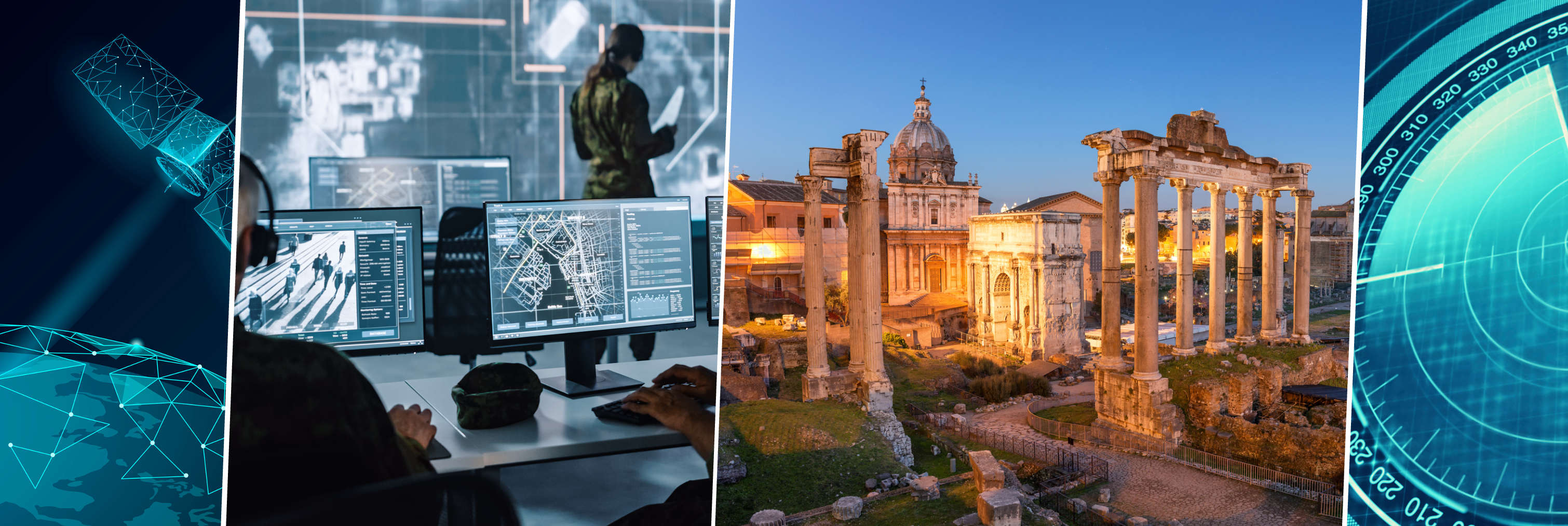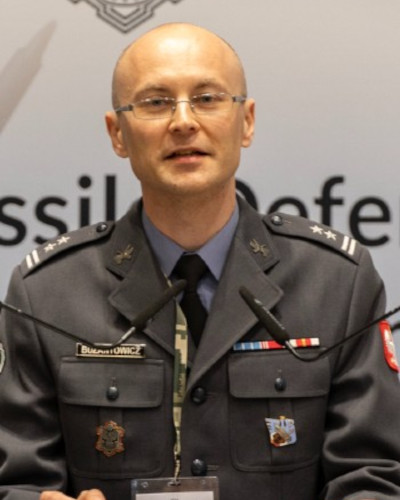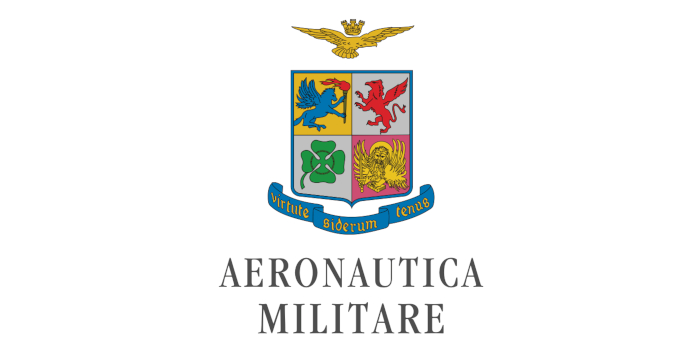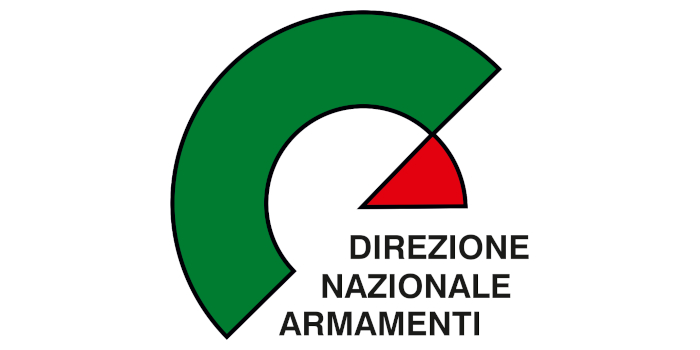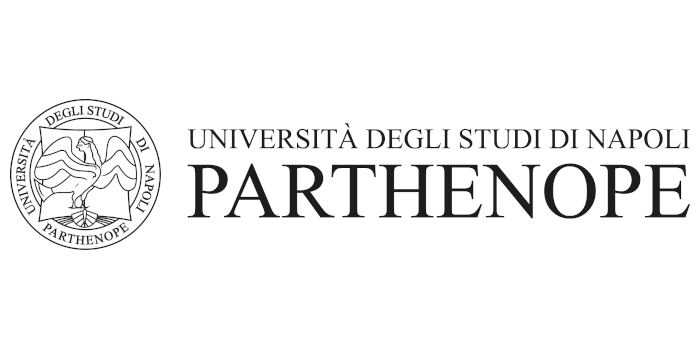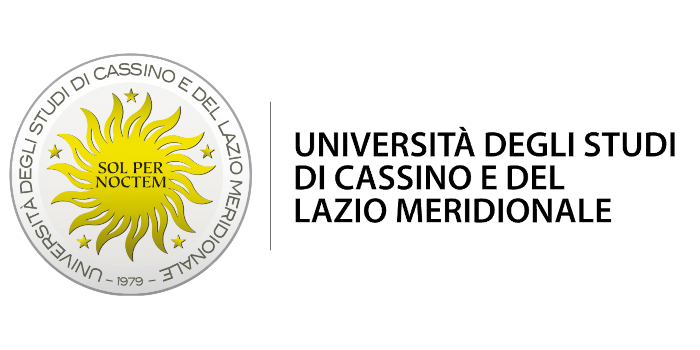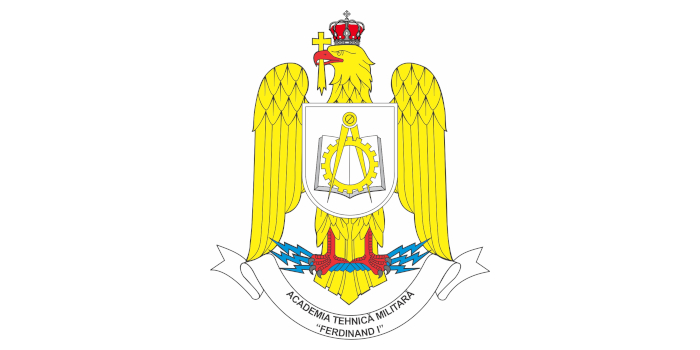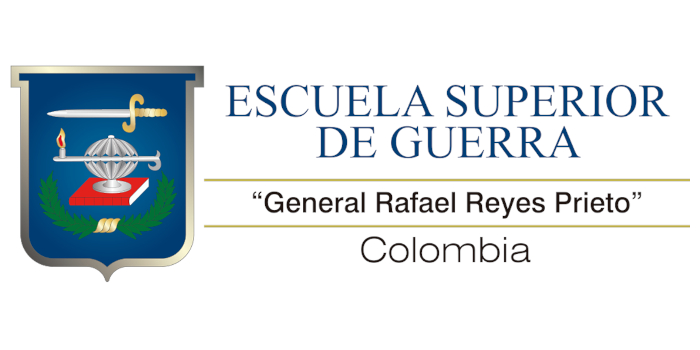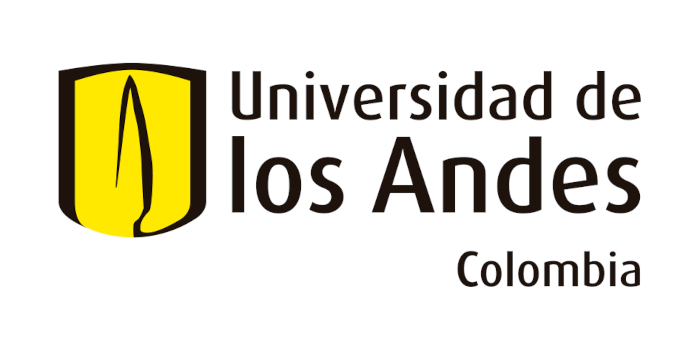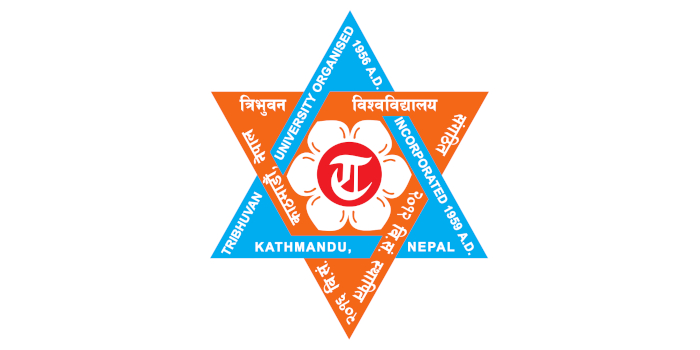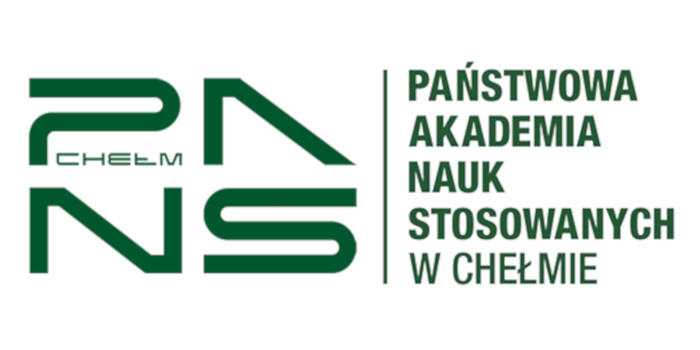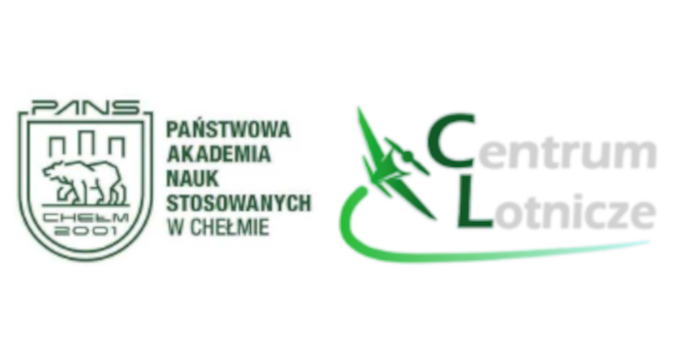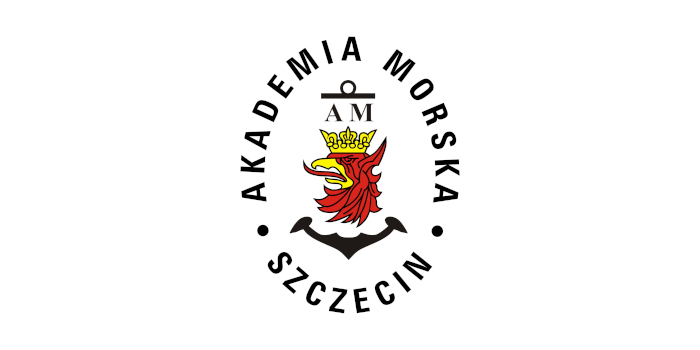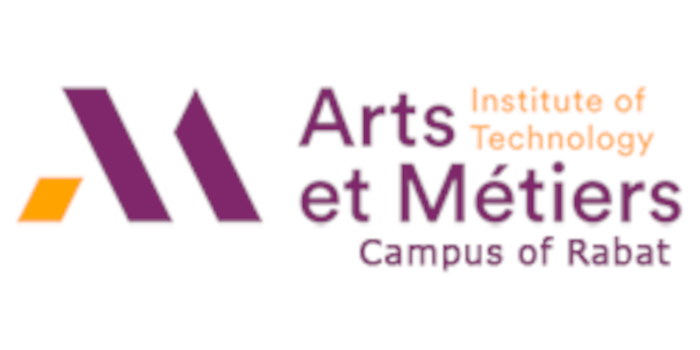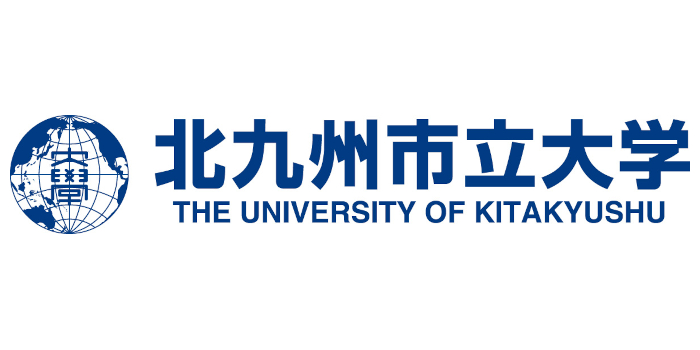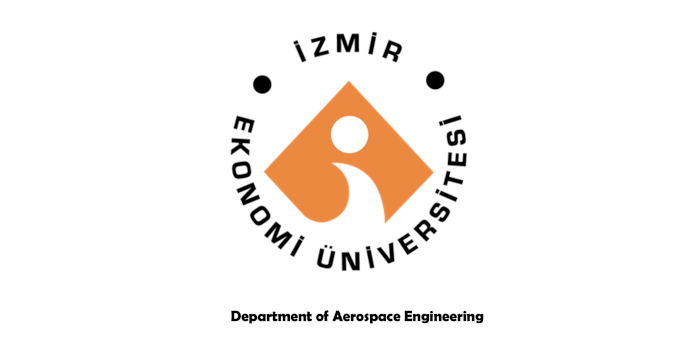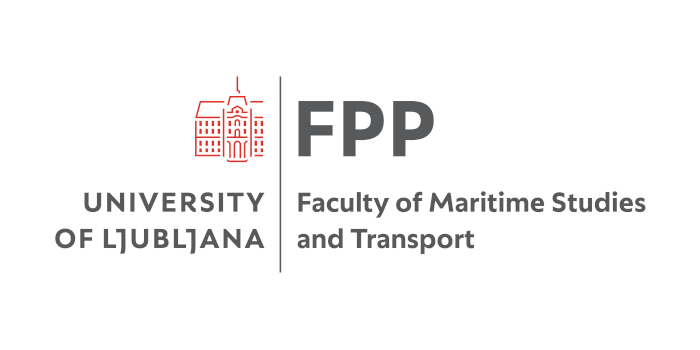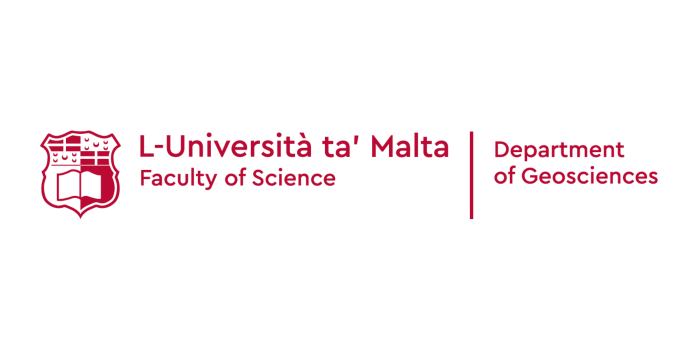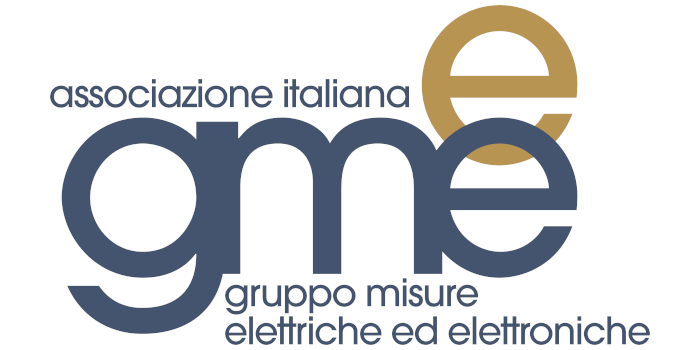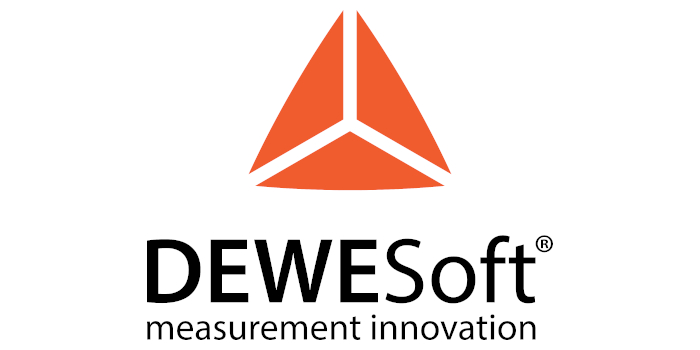SPECIAL SESSION #1
Target Recognition for Radar and IAMD Systems
ORGANIZED BY
Adam Kawalec
Military University of Technology (Faculty of Mechatronics, Armament and Aerospace)
Witold Bużantowicz
Military University of Technology (Faculty of Mechatronics, Armament and Aerospace)
Marta Walenczykowska
Military University of Technology (Faculty of Mechatronics, Armament and Aerospace)
Ksawery Krenc
Military University of Technology (Faculty of Mechatronics, Armament and Aerospace)
ABSTRACT
Radar and integrated air and missile defense (IAMD) systems are specific engineering products, related technically and functionally. In terms of design, they are the progenitors of advanced mechatronic systems. They are characterized by the technical diversity of elements, functional complexity, advanced signal processing from air targets and missiles, real-time data transfer and fusion, and high levels of automation and operating precision. Scientific and technical interdisciplinarity, as well as the need to adapt to unfavorable environmental conditions, make radar and air defense systems complex and difficult to develop. Experimental testing, necessary for the collection of reliable results, is extremely expensive and involves a range of organizational and logistical challenges. Simulation methods therefore play an important role at the initial stages when formulating assumptions or verifying the correctness of a design concept. High-credibility simulation models are built using mathematical modelling of physical phenomena, taking into account technical conditions specific to the considered issues, while solutions are sought using numerical methods.
This Special Session aims to bring together researchers and specialists presenting the progress in the fields of radar and missile technology strictly related to IAMD systems, as well as to collate papers highlighting novel means to identify problems and provide innovative solutions in this area. Therefore, it is our pleasure to invite you all to contribute to this Special Session of 2025 IEEE International Workshop on Technologies for Defense and Security.
TOPICS
Potential topics of interest include, but are not limited to, the following:
- radar sensors design and platform developments;
- antenna design, modeling, and measurements;
- active and passive devices;
- radar cross section modeling, simulation, and measurements;
- radar target tracking and signal processing;
- radar signal recognition and classification algorithms;
- radar missile seekers;
- missile guidance and radio control systems;
- multi-sensor data fusion and processing in network-centric air defense.
ABOUT THE ORGANIZERS
Prof. Adam Kawalec received the M.Sc. degree in solid state electronics and the Ph.D. from Faculty of Technical Physics and D.Sc. degrees in electronics, acoustoelectronics from Faculty of Electronics, Military University of Technology (MUT), Warsaw, Poland in 1974, 1980, 2002, respectively. Professor title he received from the President of Poland in 2010. In 1974, he joined the Military University of Technology, Faculty of Technical Physics, Warsaw, Poland, where he was involved in surface acoustics waves (SAW) convolvers research. Since 1979 he has tested SAW dispersive delay lines applied in radar pulse compression systems and SAW sensors and its signal processing aspects. In these studies a number of valuable results was obtained, in particular with the range of dispersion of broadband lines using the higher harmonics. In the years 1974-2002 he held the position of teaching and the organization of senior engineer to assistant professor and head of the laboratory of the Institute of Technical Physics to the head of the Department of Planning and Coordination of Research, the Military University of Technology. In the years 2002-2012 Professor Kawalec held the position Director of the Institute of Radiolocation, Faculty of Electronics, Military University of Technology. He organized the Center for Technology Transfer (CTT) in Military University of Technology, and in 2013-2014 he was the director of the Center. He is currently the Full Professor at the Faculty of Mechatronics, Armament and Aerospace, Institute of Missile Technology and Mechatronics, Military University of Technology, Warsaw, Poland, where he still leads research projects and teaches courses in electronics and signals processing, theory of vibration, field and electromagnetic waves and quantum mechanics. During his 50 years of scientific and research activities, he was a leader many important research projects for radar technology, which are still being implemented. His work has concentrated on radiolocation techniques and in particular on signal and data processing. He also devoted a significant part of his research to algorithms for recognizing and classifying radiolocation objects, also using artificial intelligence (AI) technology. He is the author and co-author of more than 300 scientific papers published in international and national journals and conference proceedings and co-inventor of five patents. He has acted as a reviewer for many well-known scientific journals . He has won many awards for his scientific and implementation activities. Recently in 2024, together with the research team, he received the award from the Ministry of National Defense Republic of Poland for significant achievements in the field of implementation activities. Prof. Kawalec is the member of the Committee on Electronics and Telecommunication, Polish Academy of Sciences and many scientific committees of major conferences related to radiolocation systems. He is senior member of IEEE organization as well.
Witold Bużantowicz is a graduate of the Military University of Technology and the Polish Air Force Academy. In 2009, he began his professional service in the 78th Air Defense Regiment as a platoon leader. He took part in several rotations of US Army PATRIOT batteries in Poland. Beginning from 2011, after being transferred to the Military University of Technology, he served on many positions, from engineer to assistant professor. In 2024, he was appointed Director of the Institute of Missile Technology and Mechatronics (Faculty of Mechatronics, Armament and Aerospace, Military University of Technology). He is an Expert of the Polish Academy of Science (Space Launch Systems Section), IEEE Member and Polish Rocketry Society Member. Raytheon scholarship recipient (2015) and an author of over 40 books, scientific articles and international conference papers. For very good results in the implementation of official duties, he was awarded the „Aviation Cross of Merit”, the Gold Medal „For Merits to National Defense” and the Silver Medal „Armed Forces in the Service of the Homeland.”
Marta Walenczykowska graduated in electronics and telecommunications from the Military University of Technology in Warsaw in 2005 and completed her PhD in telecommunication – digital signal processing at the same university in 2018. She began her professional career in the field of air defence systems. After a few years, she transitioned to work related to the IT field. Currently, she serves as an adjunct at the Military University of Technology in Warsaw, specifically at the Faculty of Mechatronics, Armament, and Aerospace. Marta is a member of the IEEE and a Guest Editor for special issues of Sensors MDPI, focusing on Radar Technology and Data Processing. Thanks to her extensive professional experience, she possesses knowledge in various fields, ranging from radiolocation, electronic warfare, and telecommunications to IT security. As a lecturer, she typically covers topics in electronics and mechatronics. Her current research is concentrated on digital signal processing in a broad sense, as well as algorithms for automatic signal recognition and classification using machine learning (ML).
Ksawery Krenc is an experienced Assistant Professor with a strong background in research and academia. He received an M.Sc. in Automation and Robotics from Gdansk University of Technology and a Ph.D. (with honours) in Signal Processing from the Military University of Technology in 2001 and 2010, respectively. In 2002, he joined CTM (Ośrodek Badawczo-Rozwojowy Centrum Techniki Morskiej S.A.), where he worked as a software developer, system analyst, and scientist until 2017. In 2017, he joined the Military University of Technology, Faculty of Mechatronics, Armament, and Aerospace, where he works to this day as a research academic teacher. In 2024, he was appointed Deputy Director of the Institute of Missile Technology and Mechatronics. His primary area of interest is Multi-level Information Fusion, with a particular focus on modelling information uncertainty in C4I systems and UAV swarm systems. He has contributed to various scientific and industrial NATO working groups dedicated to Information Fusion, collaborating on cutting-edge projects at the intersection of technology and defence. Currently, Dr. Krenc is focusing on combining classical analytical methods with modern AI-based approaches to address complex challenges in C4I systems.

